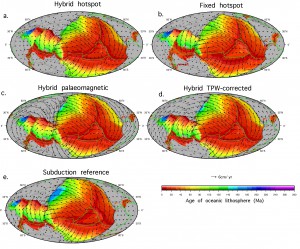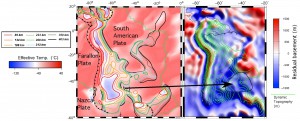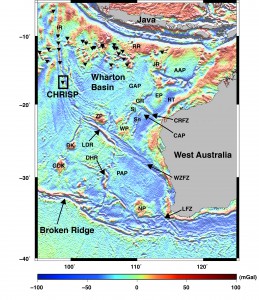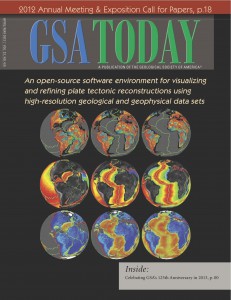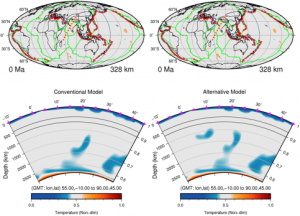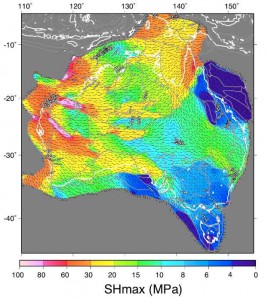 Using the engineering finite element modelling software package ABAQUS we have modelled the horizontal compressive stress of the Indo-Australian plate for time periods dating from the mid-Cretaceous. This work was carried out as part of the Tectonic Reactivation and Palaeo-Stress (TRAPS) Linkage project in collaboration with Shell, BHP Billiton,Woodside Petroleum and SANTOS in order to create a framework for predicting the tectonic reactivation of faults through time.
Using the engineering finite element modelling software package ABAQUS we have modelled the horizontal compressive stress of the Indo-Australian plate for time periods dating from the mid-Cretaceous. This work was carried out as part of the Tectonic Reactivation and Palaeo-Stress (TRAPS) Linkage project in collaboration with Shell, BHP Billiton,Woodside Petroleum and SANTOS in order to create a framework for predicting the tectonic reactivation of faults through time.
Download
Download dataset – zip file … Read more…


